文章目录
- 前言
- BeautifulSoup4 简介
- 主要特点:
- 安装方式:
- 常用 API
- 1. 创建 BeautifulSoup 对象
- 2. 查找标签
- find(): 返回匹配的第一个元素
- find_all(): 返回所有匹配的元素列表
- select_one() & select(): CSS 选择器
- 3. 访问标签内容
- text 属性: 获取标签内纯文本
- get_text(): 同样作用于获取文本
- attrs 属性: 获取标签的所有属性
- [attribute]: 直接访问某个属性值
- 4. 修改文档
- 添加新标签
- 删除标签
- 替换标签
- 5. 导航树结构
- parent: 上级父节点
- children: 下级子节点迭代器
- siblings: 并列兄弟节点
- 实战小技巧(关键点)
- F12打开控制台
- 复制对应图片的css选择器
- 直接代码中使用
- 结束语
前言
在时光的长河里,每一滴水都是昨日的星辰,映照着永不重复的今天。
BeautifulSoup4 简介
BeautifulSoup4(通常简称为 BS4)是一个用于解析 HTML 和 XML 文档的 Python 库。它的设计目的是简化从复杂网页中提取数据的过程。BeautifulSoup4 可以处理各种各样的标记语言,并提供了一个简单的接口来进行文档导航、搜索和修改。
主要特点:
- 跨平台支持: Beautiful Soup 支持 Windows、Linux、Mac OS X 等多个操作系统。
- 兼容性强: 支持多种解析器,包括 Python 内置的标准库解析器 (
html.parser)、第三方解析器lxml和html5lib。 - 易于学习: 提供了简单且直观的 API,适合初学者使用。
- 强大功能: 包含丰富的函数和方法,可以帮助开发者高效地完成任务。
安装方式:
你可以通过 pip 工具轻松安装 BeautifulSoup4:
pip install beautifulsoup4
常用 API
以下是 BeautifulSoup4 中一些常用的 API 方法和功能:
1. 创建 BeautifulSoup 对象
首先,你需要创建一个 BeautifulSoup 对象来解析 HTML 或 XML 文档。
from bs4 import BeautifulSoup# 使用默认的 html.parser 解析器
html_doc = "<html><head><title>Example Page</title></head><body id='id'><a href='123'></a><p class='my-class child-class'><i>444</i><h1>Hello World</h1></p></body></html>"
soup = BeautifulSoup(html_doc, 'html.parser')# 打印解析后的结果
print(soup.prettify())
2. 查找标签
可以通过标签名称或其他属性来查找特定的元素。
find(): 返回匹配的第一个元素
first_paragraph = soup.find('p')
print(first_paragraph) # 输出: <p>Hello World</p>
find_all(): 返回所有匹配的元素列表
all_headings = soup.find_all(['h1', 'h2'])
for heading in all_headings:print(heading.text)
select_one() & select(): CSS 选择器
css_selector_example = soup.select_one('.my-class')
print(css_selector_example)css_selectors_examples = soup.select('#id > .child-class')
for element in css_selectors_examples:print(element.text)
3. 访问标签内容
访问标签内的文本和其他属性。
text 属性: 获取标签内纯文本
text_content = first_paragraph.text
print(text_content) # 输出: Hello World
get_text(): 同样作用于获取文本
get_text_content = first_paragraph.get_text()
print(get_text_content) # 输出: Hello World
attrs 属性: 获取标签的所有属性
attributes = first_paragraph.attrs
print(attributes) # 如果没有其他属性,则为空字典 {}
[attribute]: 直接访问某个属性值
link_tag = soup.a
href_value = link_tag['href']
print(href_value)
4. 修改文档
除了查询外,还可以动态地添加、删除或修改文档中的节点。
添加新标签
new_tag = soup.new_tag("b")
new_tag.string = "Bold Text"
first_paragraph.append(new_tag)
print(first_paragraph) # 输出: <p>Hello World<b>Bold Text</b></p>
删除标签
tag_to_remove = soup.b
tag_to_remove.decompose()
print(first_paragraph) # 输出: <p>Hello World</p>
替换标签
replacement_tag = soup.new_tag("i")
replacement_tag.string = "Italic Text"
first_paragraph.i.replace_with(replacement_tag)
print(first_paragraph) # 输出: <p>Hello World<i>Italic Text</i></p>
5. 导航树结构
BeautifulSoup 还提供了多种方法来遍历和操作 DOM 树。
parent: 上级父节点
parent_node = first_paragraph.parent
print(parent_node.name) # 输出: body
children: 下级子节点迭代器
children_nodes = list(first_paragraph.children)
for child in children_nodes:print(child)
siblings: 并列兄弟节点
next_sibling = first_paragraph.next_sibling
previous_sibling = first_paragraph.previous_sibling
print(next_sibling)
print(previous_sibling)
实战小技巧(关键点)
实际情况下,很多节点不好找到,可以利用浏览器功能,可以直接复制css选择器
F12打开控制台

复制对应图片的css选择器

直接代码中使用
from bs4 import BeautifulSoup# 使用默认的 html.parser 解析器
html_doc = "<html></html>"
soup = BeautifulSoup(html_doc, 'html.parser')
# 只是为了示例 不可运行 以下是复制出来的内容
soup.select('#ice-container > div.tbpc-layout > div.screen-outer.clearfix > div.main > div.core.J_Core > div > div:nth-child(1) > div:nth-child(1) > div > div > div > div > div:nth-child(3) > div > div > a')
结束语
文章中API都验证过,可直接运行👽👽👽
运行有问题可联系作者评论交流🤭🤭🤭
风是自由的,你也是自由🤠🤠🤠
欢迎一起交流学习☠️☠️☠️
有帮助请留下足迹 一键三连🥰🥰🥰
爬虫大佬勿喷,欢迎指正问题😈😈😈
后面会做一系列的爬虫文章,请持续关注作者🤡🤡🤡。




![[算法学习笔记]1. 枚举与暴力](https://i-blog.csdnimg.cn/img_convert/f802aebab9749681c0cd60152e0acd68.png)














